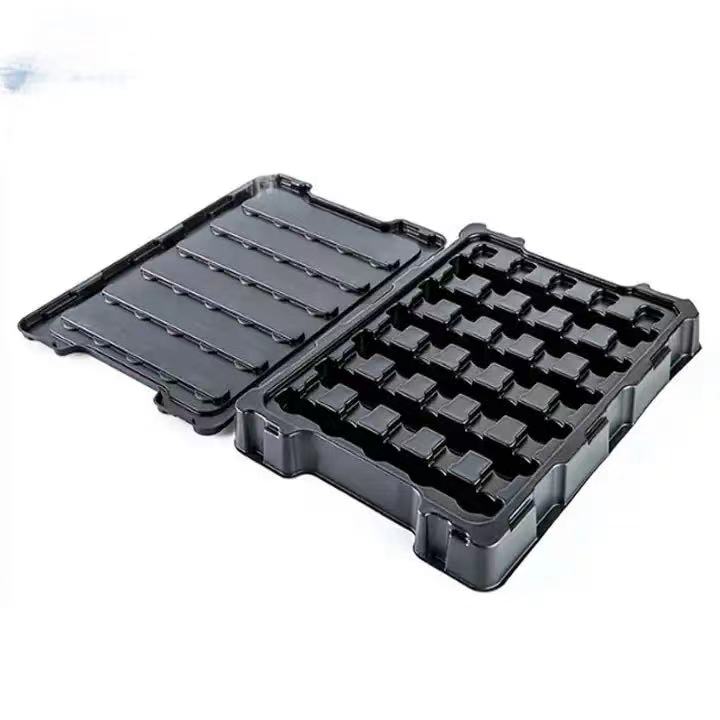- Home
- Capability
- Products
- About Us
- Service Industry
- Service Cases
- Video
- Contact Us
-
Language



1、 Definition and Principle
Thermoforming:
Definition: Thermoforming is a plastic processing method that heats a plastic sheet to its softening point and then uses a mold and external pressure to shape it into the desired shape.
Principle: During the molding process, the plastic sheet is placed in a heating device. After reaching a certain softening temperature, it is deformed by pressure using the shape of the mold, and finally cooled and shaped.
Vacuum Forming:
Definition: Vacuum forming is a specific form of thermoforming that uses vacuum suction to attach heated and softened plastic sheets to the surface of a mold, forming the desired shape.
Principle: In the vacuum forming process, the heated plastic sheet is placed above the mold, forming a vacuum state inside the mold. The sheet is adsorbed onto the surface of the mold through vacuum suction, forming the desired shape, and then cooled and shaped.
2、 Characteristics and advantages
Thermoforming:
Flexibility: Thermoforming is suitable for various plastic materials, including ABS, PS, PE, PP, etc., and can produce products with complex shapes.
Cost effectiveness: Compared to other molding methods, hot forming usually has lower costs, especially in mass production.
Production efficiency: The hot forming equipment is easy to operate and can achieve automated production, improving production efficiency.
Vacuum Forming:
High precision: Vacuum forming can produce plastic products with smooth surfaces and precise dimensions.
Easy demolding: Due to the vacuum suction effect, the plastic sheet tightly adheres to the surface of the mold, making the demolding process easier.
Widely applicable: Vacuum forming is suitable for producing various plastic products such as packaging materials, containers, toys, etc.
3、 Application scenarios
Thermoforming:
Automotive field: used for making automotive interior parts, shells, etc.
In the field of architecture, it is used to make plastic sheets, partitions, etc. for construction purposes.
Aerospace field: used for making aircraft interior parts, component protective covers, etc.
Vacuum Forming:
Packaging field: used for making food packaging, electronic product packaging, etc.
Toy field: used for making children's toys, game props, etc.
In the field of household appliances: used for making TV casings, washing machine panels, etc.
4、 Maintenance and upkeep
In order to ensure the normal operation and prolong the service life of hot forming and vacuum forming equipment, regular maintenance and upkeep are necessary. Here are some common maintenance measures:
Cleaning equipment: Regularly clean the surface and interior of the equipment, remove oil stains, dust, and other debris, and keep the equipment clean.
Check the mold: Regularly inspect the wear and surface quality of the mold, replace damaged molds in a timely manner, and ensure the accuracy and lifespan of the mold.
Check the heating system: Regularly check whether the heating elements, temperature sensors, etc. of the heating system are working properly to ensure the stability and accuracy of the heating system.
Check the vacuum system: For vacuum forming equipment, it is also necessary to regularly check whether the vacuum pump, vacuum pipeline, etc. are working properly to ensure the stability and reliability of the vacuum system.
Lubrication and fastening: Regularly lubricate and fasten various components of the equipment to ensure its stability and accuracy.